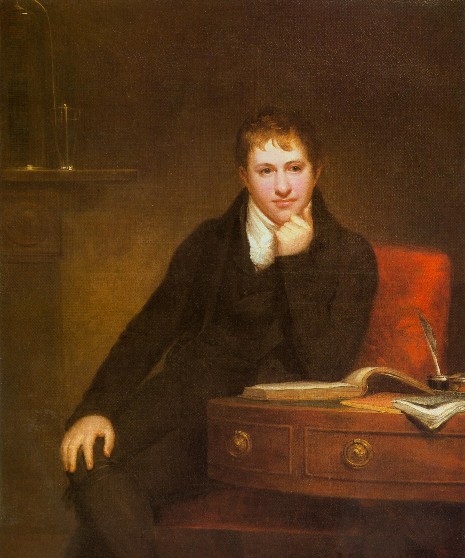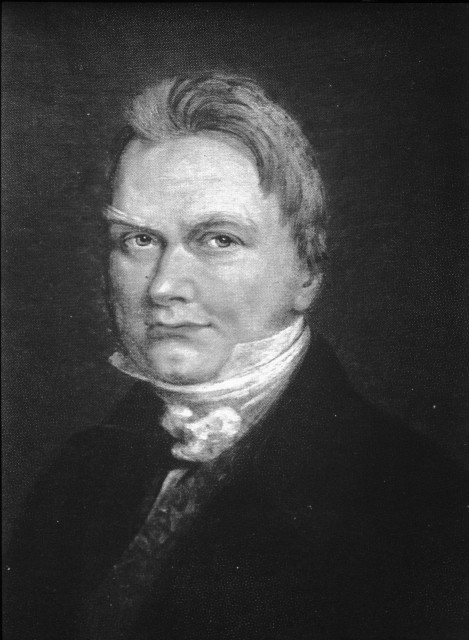| << Chapter < Page | Chapter >> Page > |
The group was once also known as the tetrels (from Greek tetra meaning four ), stemming from the earlier naming convention of this group as Group IVA. [link] lists the derivation of the names of the Group 14 elements.
| Element | Symbol | Name |
| Carbon | C | From the Latin carbo meaning coal |
| Silicon | Si | From the Latin silicis meaning flints |
| Germanium | Ge | From the Latin Germania for Germany |
| Tin | Sn | From the Anglo-Saxon and from the Latin stannum meaning melts easily |
| Lead | Pb | From the Anglo-Saxon, and from the Latin plumbum meaning soft metal |
Carbon was known in prehistory in the form of soot; while charcoal was made in Roman times (by heating wood while exclude air) and diamonds were known as early as 2500 BC in China. In 1772, Antoine Lavoisier ( [link] ) showed that diamonds were a form of carbon, when he burned samples of carbon and diamond and showed that both formed the same amount of carbon dioxide per gram of material. Carl Scheele ( [link] ) showed that graphite was a form of carbon rather a form of lead.


A new allotrope of carbon, fullerene, was discovered in 1985 by Robert Curl, Harry Kroto, and Richard Smalley ( [link] ) who subsequently shared the Nobel Prize in Chemistry in 1996. Fullerenes have been reveled to include nanostructured forms such as buckyballs and nanotubes. The renewed interest in new forms lead to the discovery of further exotic allotropes, including glassy carbon, and the realization that amorphous carbon is not amorphous.

Silicon was first identified by Antoine Lavoisier ( [link] ) in 1787 as a component of flints, and was later mistaken by Humphry Davy ( [link] ) for a compound rather than an element. In 1824, Berzelius ( [link] ) prepared amorphous silicon by the reaction of potassium with silicon tetrafluoride, [link]


In 1869 Dmitri Mendeleev ( [link] ) predicted the existence of several unknown elements, including ekasilicon (Es) between silicon and tin.

In 1885 a new mineral (named argyrodite because of its high silver content) was found in a mine near Freiberg, Saxony. Clemens Winkler ( [link] ) isolated Mendeleev’s missing element. He originally was going to name neptunium because like this element, because like ekasilicon, the planet Neptune had been preceded by mathematical prediction of its existence. However, the name neptunium had already been given to an element and so Winkler named the new metal germanium in honor of his fatherland.

Winkler was able to isolate sufficient germanium from 500 kg of ore to determine a number properties, including an atomic weight of 72.32 g/mol by analyzing pure germanium tetrachloride (GeCl 4 ). Winkler prepared several new compounds of germanium, including the fluorides, chlorides, sulfides, germanium dioxide, and tetraethylgermane (Ge(C 2 H 5 ) 4 ). The physical data from these compounds, corresponded with Mendeleev's predictions ( [link] ).

Notification Switch
Would you like to follow the 'Carbon nanotubes' conversation and receive update notifications?